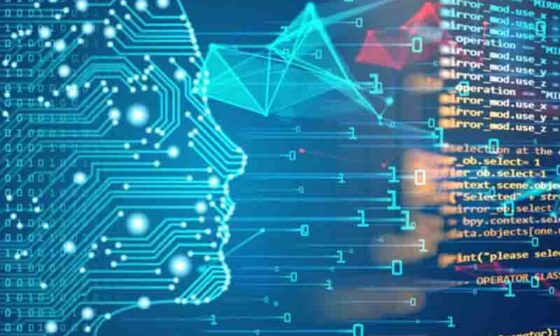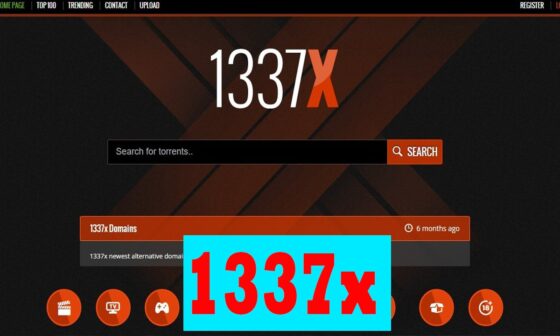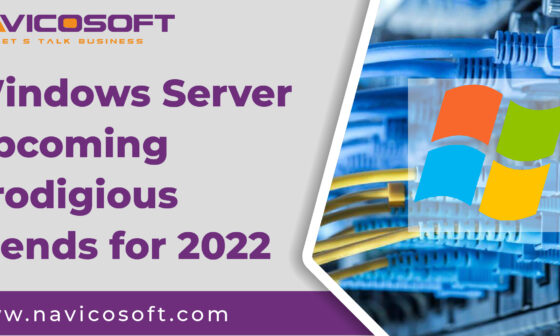What are universal field services?
Improvement of Global Services with Augmented Reality
Larger services and field services
Augmented Reality (AR) has been around for a long time since scientific writing. From NASA’s X-38 rocket in 1998 to the introduction of AR-based applications and digital imaging capabilities, apps in the augmented world of technology have been modified to how to do business with people and connect with messengers.
Web service providers have been quick to turn to AR technology for their support services and support capabilities. AR-based support for remote modification and tuning capabilities and increased performance with the ability to broadcast video data using mobile phones and universal field services.
Gartner estimates that, by 2025, more than 50% of area management (FSM) applications will include cellular connectivity for real-time collaboration and data sharing, to less than 10% in 2019.
How AR can improve social services
How do we examine a few images and see how real -time technologies can enhance, support and improve website services.
Location 1: The model-centric model
The website provides integrated services to employees. They often have a lot of burden from online experts and customers to plan their visits on arrival times and personal interactions.
To meet demand and include a large group, field specialists may need to visit multiple sites on a daily basis and offer routine and direct services, for example, shops or repair shops. equipment, for example, telephone wires. , dryers and TV.
It may be necessary to rely on staff for on -site services, it is not well understood and may not be established to address clients ’concerns. The time of design professionals is often limited by very complex and unplanned subject matter problems, for example, overcrowding, missing sections, and unplanned omissions.
AR for a role-based site service group
Augmented reality technology plays an important role in a career-based model, monitoring retention and optimizing performance. More fact-based visuals allow referees to “see” customer concerns remotely for more effective troubleshooting.
Based on judgment, negotiators can select the right field expert for the job, leading to a higher response rate and shorter time on site. Significant initial pre-screening using the customer’s cell phone camera prepares the field specialist for the loads, ensuring they look and feel with the correct data, parts and equipment.
AR can also assist an on-site expert by enabling remote visual consultation with an expert in the field for faster and more efficient troubleshooting. This is especially valuable in more complex situations and for capturing job-related images that will improve the job review and reporting process.
In addition, AR allows site specialists to work remotely, managing clients through basic issues. This support model was accelerated during the pandemic for safety reasons, however, as its significant value is clear, many retailers accept it as a long-term model.
Level 2: Production-based design
Product site service providers are often responsible – perhaps even in a contractual obligation – for the operation of complex equipment, for example in the medical and welfare equipment department.
Prior to the operation of the equipment, the provision of services is subject to practical measures, such as controlling the machine time or the general duration of the equipment to minimize the risks of the downtime.
For example, the loss of a CT device or MRI device could result in tax loss and adversely affect the emergency clinic plan. Product-based FSPs will be required to test these tools for forecasting time.
AR for the web service team
The latest virtual reality technology enhances three remote operations, with the provision of experienced field experts connected to predict, analyze and resolve issues remotely and faster than call center staff. , and sometimes eliminate the need to visit the area.
Regardless of the client’s environment, AR can anticipate technical problems outside of the initial communication space.
For example, if the water pumped by the MRI machine is not cool enough, the hardware will crawl and will not allow until the temperature can return to the indicated levels. This common problem often arises in the HVAC chiller system. With the use of AR during routine maintenance, a field specialist can ensure that HVAC is effective, avoids the next problem and establishes a reliable customer.
Level 3: centric type
Field service providers with equipment use highly qualified professionals who are certified specialists in specific Hardware and complex components, for example, oil and gas service providers or service management
Its services include preventive maintenance services and emergency response services for equipment and machinery, for example, elevators or fire safety systems.
These PSFs are aware of regulatory and security regulations where they can provide services. However, with the number of senior field professionals declining due to retrenchment and the increasing complexity of equipment, less experienced professionals need help in the area to solve or solve problems. .
AR for the on-site service center for the device
Many facts focus on the site and the remote support of site experts to enhance the serviceability of the site. With AR technology, many young professionals can get hands-on training, work with on-site experts, find videos and photos of defective parts or devices using their mobile phones. Remote field experts can see what a professional sees on site and provide step-by-step training and guidance to verify the issue or prove that the work has been done effectively.
RA can also be used effectively to improve the safety of maintenance personnel. As recognized by Occupational Safety and Health Administration, most elevator accidents involve a specialist building or maintenance that performs the maintenance or installation of the lift. Eliminating or reducing site visits across the UK can reduce these accidents and contribute to improving staff safety.
Location 4: Knowledge-based approach
Experienced service providers fully support specific models of equipment or specific parts connected to external services and require extraordinary expertise, such as automotive parts or automation equipment.




